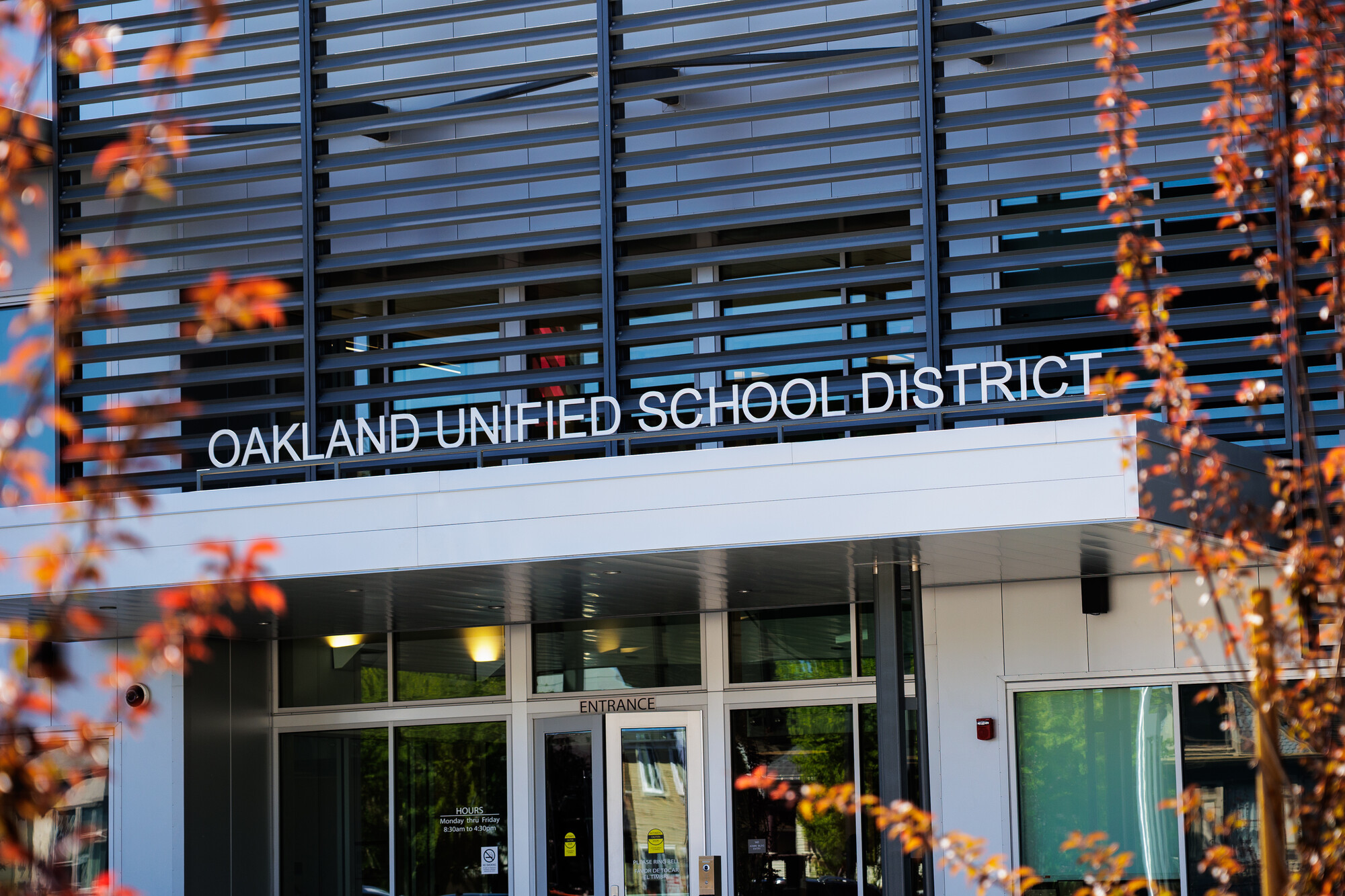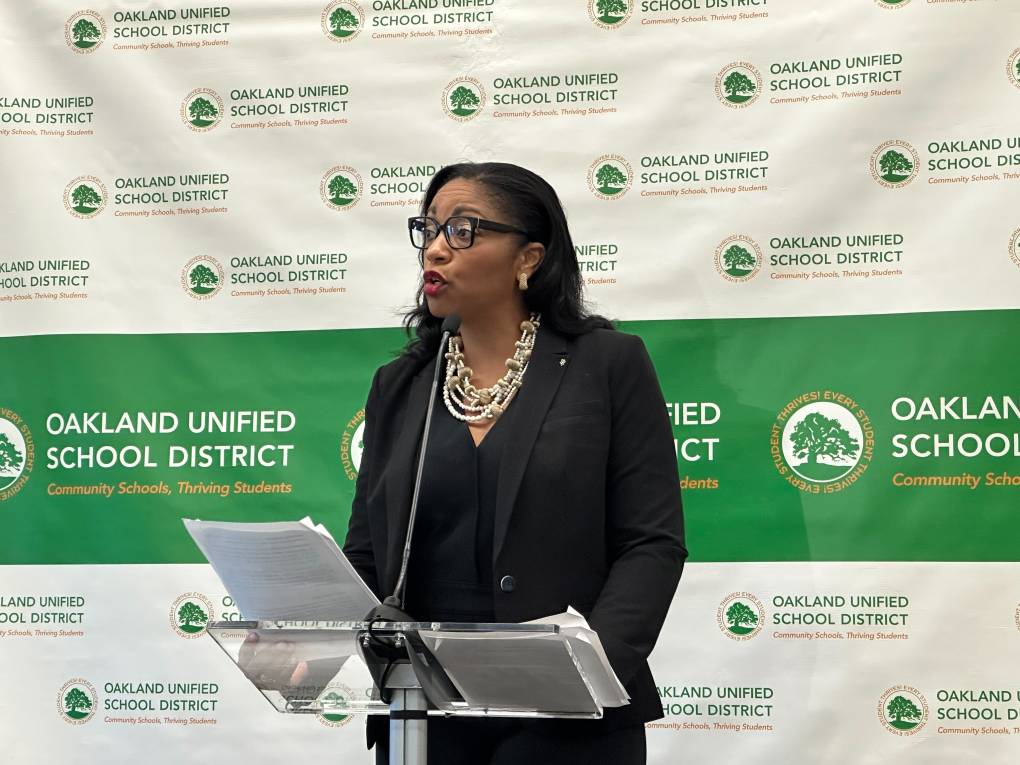Whether the board is willing to make big cost reductions that Grant-Dawson said are necessary to keep OUSD in the black will begin to come to light next week, when she presents a draft budget for next year.
That spending plan will likely reflect a list of significant cuts, including reductions of school site substitute teaching positions and campus discretionary funding, and centralizing contracts, both with service manufacturers — like those that provide copiers — and community agencies.
The school board gave budget staff permission to make those changes in December, but they could still face challenges after multiple members — and the teachers’ union, which has the support of the board majority —have raised concerns about some of the potential cuts.
Earlier this spring, a majority passed an additional budget bill proposed by Board President Jennifer Brouhard and Vice President Valarie Bachelor that put caps on outside contracts, travel costs and other spending with the intention to use any savings to restore some of the student services that could be axed.
Those budget amendments were rescinded after accidentally reducing grant-funded after-school programs, which rely on outside contracts, but Brouhard has still vowed to pass a budget that keeps cuts away from kids.
“I fully intend to keep developing a student-centered budget and will actively engage with staff, students, labor partners, families, and community members to accomplish this,” she said in a statement in May.
The board has to approve a spending plan for the 2025–26 school year by July 1.



